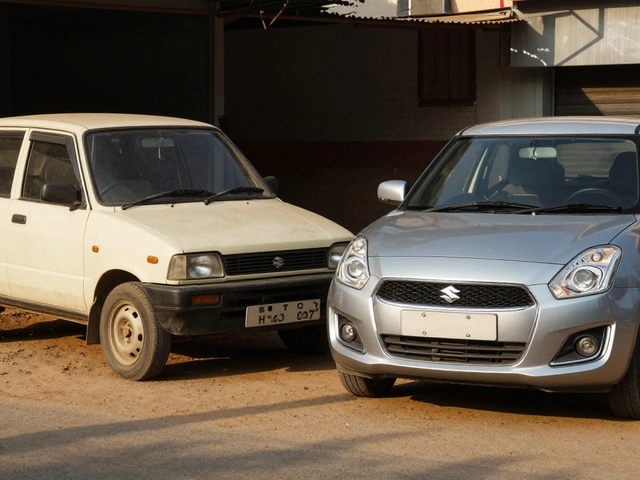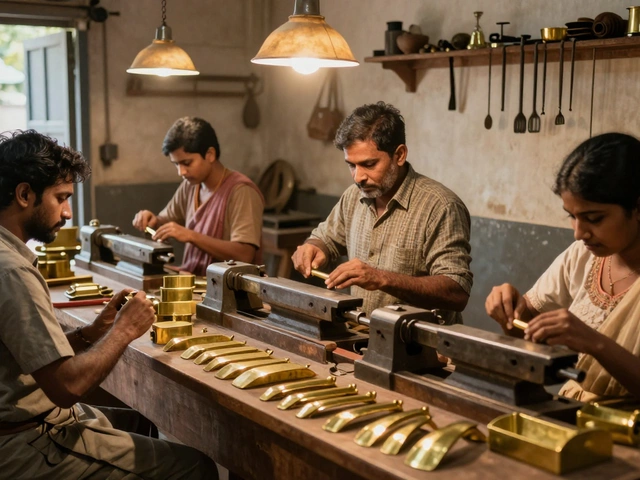Global Market – Trends, Opportunities & Insights
If you want to know where the world’s money is flowing, this page is the place to start. We’ve gathered the hottest posts about export hubs, profitable products, and the challenges that keep markets humming. Below you’ll get a quick run‑through of the key ideas, plus a few tips you can use right now.
Key Market Drivers in 2025
First up, pharma. Baddi, Hyderabad and Gujarat are battling for the top spot as India’s biggest pharma hub. Baddi leads in sheer capacity, Hyderabad shines in APIs and vaccines, while Gujarat dominates exports. The battle lines matter because investors follow the hub that can ship the most product abroad with minimal red tape.
Next, demand for flip‑ready items is soaring. Data shows that small gadgets, retro collectibles, and niche fashion accessories are delivering the highest return on investment. The playbook is simple: source cheap, price smart, and sell fast on platforms that already have traffic.
Furniture import is another hot spot. Shipping furniture from India to the U.S. now requires a clear understanding of customs paperwork, freight options, and hidden fees. Knowing the exact cost before you ship can shave 10‑15% off your margin.
What the Latest Posts Reveal
Our guide on becoming a successful manufacturer breaks the process into bite‑size steps: choose a product, get the right licenses, secure a reliable machine supplier, and set up quality checks. The same roadmap works for small‑scale industries, where the biggest mistake is underestimating the cost of certifications.
The “5 M’s of Manufacturing” article reminds us that people, machines, material, method, and measurement must work together. Skip any one and you’ll see production dips, waste rise, or quality slip – all of which hurt your global competitiveness.
On the export front, the piece about importing cars from the U.S. to India shows that duty rates and shipping insurance can double the price you thought you’d pay. The same logic applies to any high‑value item: calculate total landed cost before you list the product.
Lastly, the “Why India Isn’t the World’s Manufacturing Hub” deep dive lists red tape, power outages, and logistics gaps as the main roadblocks. But it also points to solutions like renewable energy adoption and streamlined approvals that can transform the landscape.
Bottom line: the global market rewards firms that understand the whole chain – from raw material sourcing to end‑user delivery. Use the insights above to spot the next growth area, avoid common pitfalls, and position your business for 2025 and beyond.
Exploring Tata Cars' Global Reach: Are They Sold Beyond India?
Explore the global presence of Tata cars, a significant player in India's automobile industry. Discover the countries outside India where Tata vehicles are sold and the factors influencing their international reach. Gain insights into Tata's strategic expansions, challenges faced in the global market, and their popular models abroad. This article provides an in-depth look at Tata Motors' international ventures and future plans.
Read More




